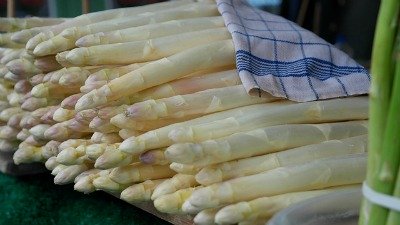5. Density of Water: Water is less dense as ice than as a liquid, which affects plant life.
At the same temperature of 0°C, the density (mass per volume) of ice is 0.9187 grams per cubic centimeter (g cm-3 or g/cm3) while that of liquid water is 0.9998 g cm-3 (Cohen et al. 2003).
The lesser density means that ice contains lesser mass (quantity of matter) per unit of volume.
It also means that the molecules of water are less compressed per unit volume of ice.
The above densities indicate that with the same volume under identical gravitational force, ice will be lighter and liquid water will be heavier compared to each other.
On Earth, a cubic centimeter of ice will weigh 0.9187 grams (or 918.7 kg per cubic meter) while the same volume of liquid water will weigh 0.9998 grams (or 999.8 kg per cubic meter) at a temperature of 0°C.

